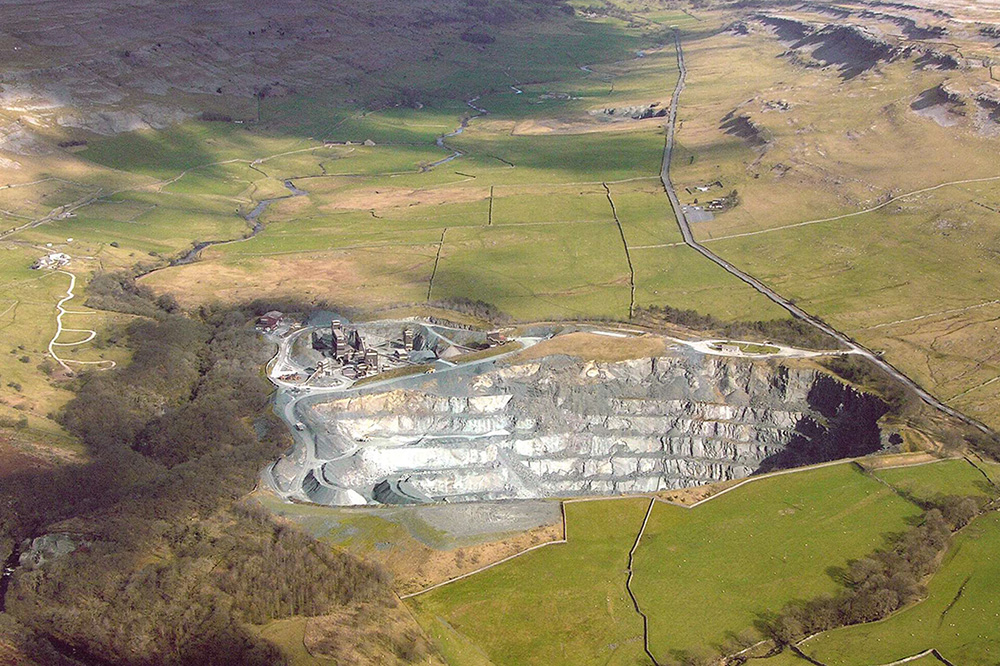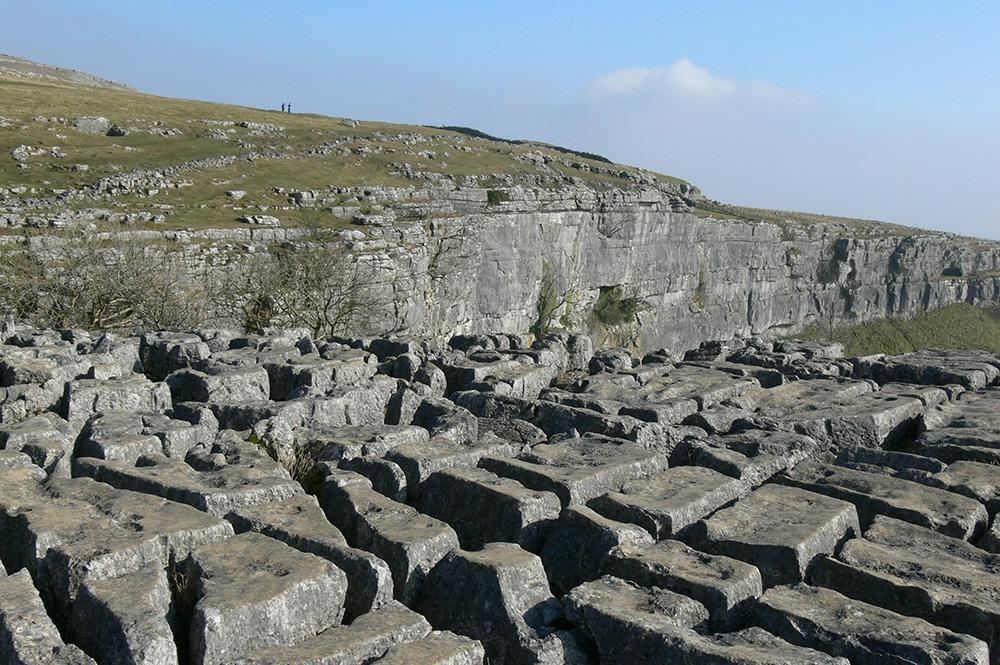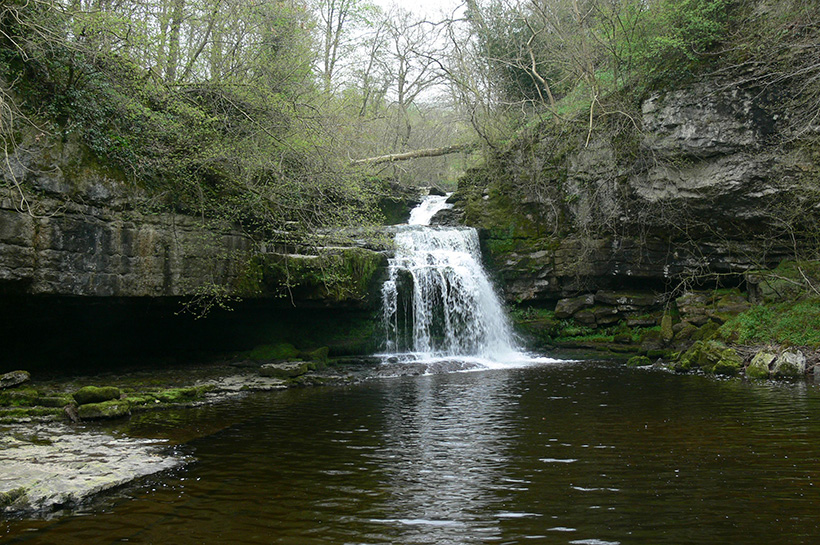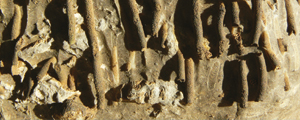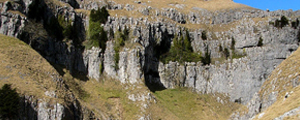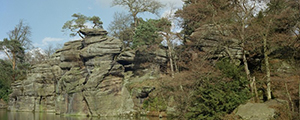Field barns and dry-stone walls are intrinsic features of the typical ‘Dales’ landscape, and over 8600 kilometres of dry-stone wall, the largest man made feature, have been recorded in the Yorkshire Dales National Park, together with over 6000 stone field barns (1044 in Swaledale). Parts of Swaledale, Arkengathdale and Littondale have been designated as Barns and Walls Conservation Areas.
The two principal fuctions of dry-stone walls are to delimit areas and to restrict the movement of livestock. The oldest walls are probably those around the Bronze Age settlements on Burton Moor. As land was cleared of stone for farming early walls probably began as a series of clearance cairns. The structure of a wall is dependent upon local geology, its date and local building techniques. Most of the dry-stone walls have been built over the last 500 years particularly as a result of the enclosure awards of the late eighteenth and early nineteenth centuries, which saw the building of the very straight walls, which subdivide the higher allotments and moorlands of the Yorkshire Dales.
In the early 18th century stone built barns began to replace timber barns, an early example being Mantley Field Laithe near Malham. Unlike the earlier timber barns the Dales field barns or laithes combined two functions, housing cattle and storing fodder. As they were sited in the hay meadows well away from the main farm buildings they stored hay (on the upper floor) from the surrounding fields over winter, and the cattle were housed in the lower floor or shippon and fed on the hay. Their muck was then used as a fertiliser on the hay meadows. Another type of field barn, found particularly in upper Swaledale with its harsh winters, is the hogg house, built on two floors to house hoggs (young sheep) on both floors with hayracks around the walls.
Further information on dry-stone walls, field barns and other archaeological features is available from the Yorkshire Dales National Park at http://www.outofoblivion.org.uk/.
